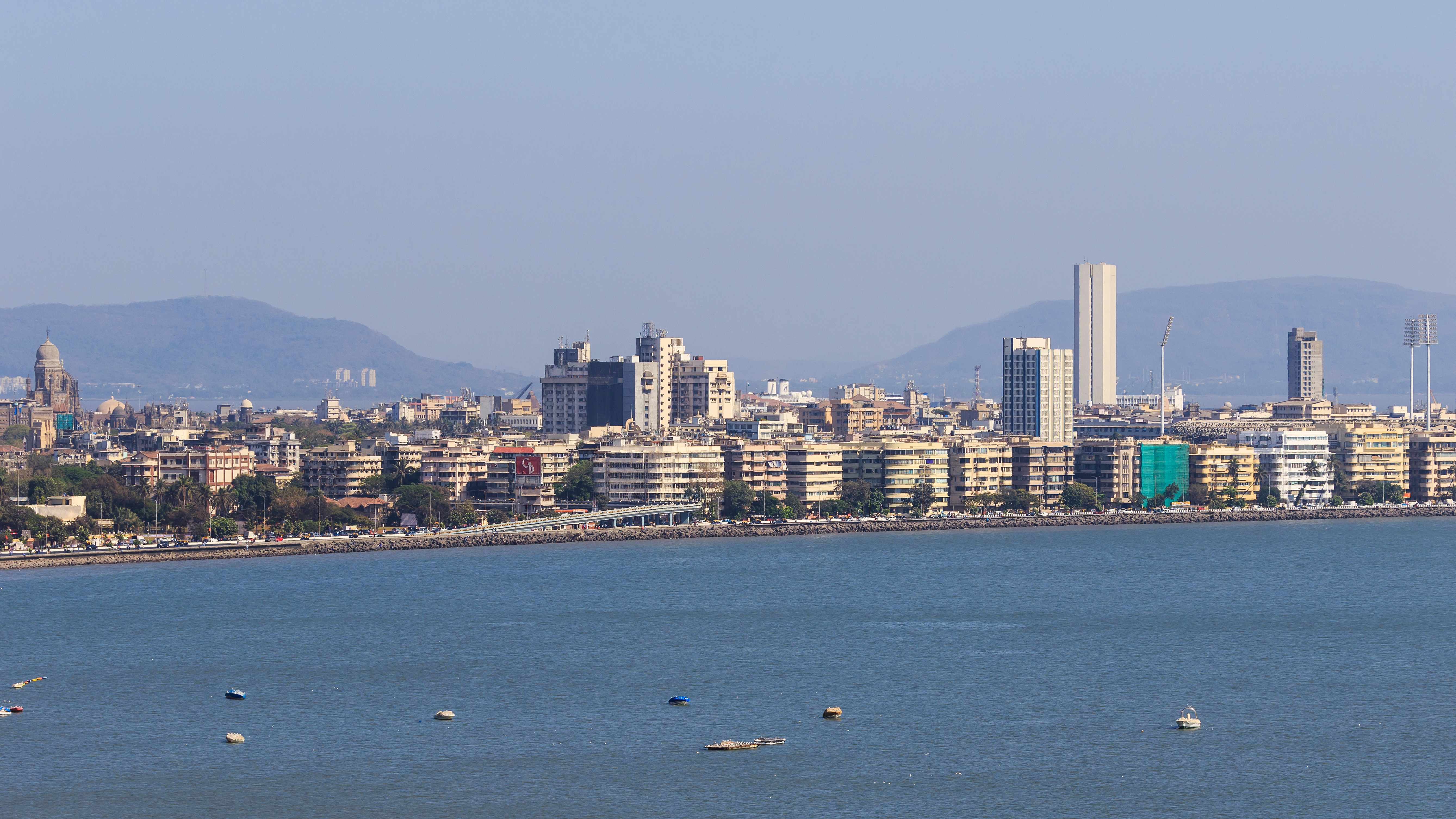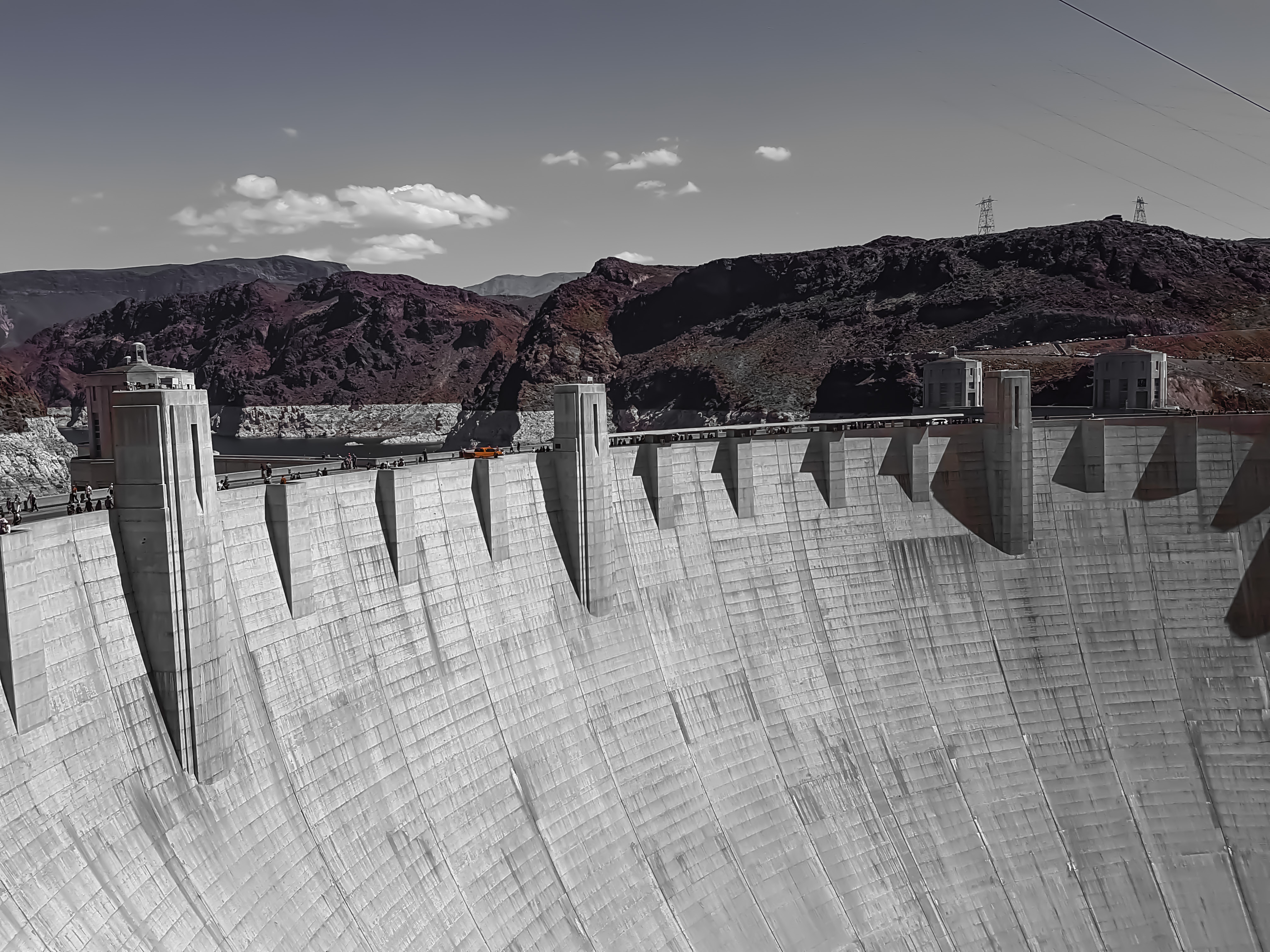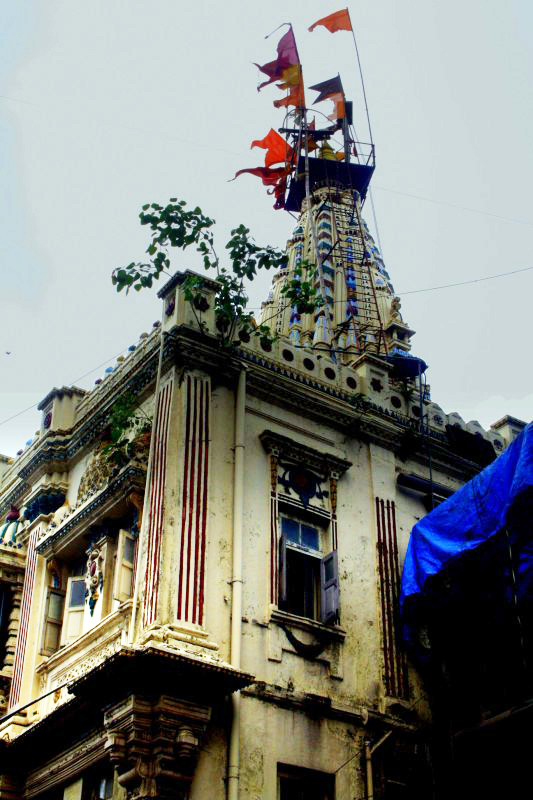|
Marine Drive, Mumbai
Marine Drive is a 3 kilometre-long Promenade along the Netaji Subhash Chandra Bose Road in Mumbai, India. The road and promenade were constructed by Pallonji Mistry. It is a 'C'-shaped six-lane concrete road along the coast of a natural bay. At the northern end of Marine Drive is Girgaon Chowpatty and the adjacent road along links Nariman Point at southern tip to Babulnath and Malabar Hill at northern tip. Marine Drive is situated on reclaimed land facing west-south-west. Marine Drive is also known as the ''Queen's Necklace'' because, when viewed at night from an elevated point anywhere along the drive, the street lights resemble a string of pearls in a necklace. The official name for this road, though rarely used, is '' Netaji Subhash Chandra Bose Road''. The promenade is lined with palm trees. At the northern end of Marine Drive is Chowpatty Beach. This is a popular beach famed for its Bhel Puri (local fast food). Many restaurants also line this stretch of the road. ... [...More Info...] [...Related Items...] OR: [Wikipedia] [Google] [Baidu] |
Nariman Point
Nariman Point is a prominent downtown area of Mumbai in Maharashtra, India. Located on the southern tip of the Mumbai peninsula, at the end of the Mumbai's Marine Drive, Nariman Point houses some of India's prestigious business headquarters. It is boarded by Churchgate in North, Arabian Sea on West and South, by Colaba on East side. It is one of the tourist attractions of Mumbai due to its skyline, Arabian sea view, Marine drive and lots of luxury 5 star hotels, restaurants. History Prior to 1940, the area was part of the Arabian sea. A popular leader of the Congress, Khurshed Nariman (affectionately called ''Veer'' Nariman), a Bombay Municipal Corporation corporator, proposed the land reclamation of the area of sea near Churchgate. To accomplish this task, the shallow seafront was filled with debris from various parts of the city. Reinforced concrete cement was also used, the steel for which had to be purchased on the black market at higher prices due to World War II.T ... [...More Info...] [...Related Items...] OR: [Wikipedia] [Google] [Baidu] |
Concrete
Concrete is a composite material composed of fine and coarse aggregate bonded together with a fluid cement (cement paste) that hardens (cures) over time. Concrete is the second-most-used substance in the world after water, and is the most widely used building material. Its usage worldwide, ton for ton, is twice that of steel, wood, plastics, and aluminum combined. Globally, the ready-mix concrete industry, the largest segment of the concrete market, is projected to exceed $600 billion in revenue by 2025. This widespread use results in a number of environmental impacts. Most notably, the production process for cement produces large volumes of greenhouse gas emissions, leading to net 8% of global emissions. Other environmental concerns include widespread illegal sand mining, impacts on the surrounding environment such as increased surface runoff or urban heat island effect, and potential public health implications from toxic ingredients. Significant research and developmen ... [...More Info...] [...Related Items...] OR: [Wikipedia] [Google] [Baidu] |
Esplanade
An esplanade or promenade is a long, open, level area, usually next to a river or large body of water, where people may walk. The historical definition of ''esplanade'' was a large, open, level area outside fortress or city walls to provide clear fields of fire for the fortress's guns. In modern usage, the space allows the area to be paved as a pedestrian walk; esplanades are often on sea fronts and allow walking whatever the state of the tide, without having to walk on the beach. History In the 19th century, the razing of city fortifications and the relocation of port facilities made it possible in many cities to create promenade paths on the former fortresses and ramparts. The parts of the former fortifications, such as hills, viewpoints, ditches, waterways and lakes have now been included in these promenades, making them popular excursion destinations as well as the location of cultural institutions. The rapid development of artificial street lighting in the 19th century als ... [...More Info...] [...Related Items...] OR: [Wikipedia] [Google] [Baidu] |
Art Deco
Art Deco, short for the French ''Arts Décoratifs'', and sometimes just called Deco, is a style of visual arts, architecture, and product design, that first appeared in France in the 1910s (just before World War I), and flourished in the United States and Europe during the 1920s and 1930s. Through styling and design of the exterior and interior of anything from large structures to small objects, including how people look (clothing, fashion and jewelry), Art Deco has influenced bridges, buildings (from skyscrapers to cinemas), ships, ocean liners, trains, cars, trucks, buses, furniture, and everyday objects like radios and vacuum cleaners. It got its name after the 1925 Exposition internationale des arts décoratifs et industriels modernes (International Exhibition of Modern Decorative and Industrial Arts) held in Paris. Art Deco combined modern styles with fine craftsmanship and rich materials. During its heyday, it represented luxury, glamour, exuberance, and faith in socia ... [...More Info...] [...Related Items...] OR: [Wikipedia] [Google] [Baidu] |
Parsi People
Parsis () or Parsees are an ethnoreligious group of the Indian subcontinent adhering to Zoroastrianism. They are descended from Persians who migrated to Medieval India during and after the Arab conquest of Iran (part of the early Muslim conquests) in order to preserve their Zoroastrian identity. The Parsi people comprise the older of the Indian subcontinent's two Zoroastrian communities vis-à-vis the Iranis, whose ancestors migrated to British-ruled India from Qajar-era Iran. According to a 16th-century Parsi epic, '' Qissa-i Sanjan'', Zoroastrian Persians continued to migrate to the Indian subcontinent from Greater Iran in between the 8th and 10th centuries, and ultimately settled in present-day Gujarat after being granted refuge by a local Hindu king. Prior to the 7th-century fall of the Sassanid Empire to the Rashidun Caliphate, the Iranian mainland (historically known as 'Persia') had a Zoroastrian majority, and Zoroastrianism had served as the Iranian state religi ... [...More Info...] [...Related Items...] OR: [Wikipedia] [Google] [Baidu] |
Governor Of Maharashtra
The governor of Maharashtra is the ceremonial head of the state of Maharashtra. The Constitution of India confers the executive powers of the state to the governor, however the de facto executive powers lie with the Council of Ministers. Bhagat Singh Koshyari is the governor of Maharashtra since September 5, 2019. Powers and duties The governor formally appoints many of the state officials, including the advocate general of Maharashtra, the Lokayukta and Upa Lokayukta, the state election commissioner, the chairman and members of the Maharashtra Administrative Tribunal, the chairman and members of the Mahtrarashtra State Human Rights Commission, the chairman and members of the Maharashtra Public Service Commission (MPSC), the chairmen and members of the three development boards, the sheriff of Mumbai, and the state chief information commissioner. Governors of Maharashtra This is a list of governors of Maharashtra: Seen also * List of chief ministers of Maharashtra * L ... [...More Info...] [...Related Items...] OR: [Wikipedia] [Google] [Baidu] |
Walkeshwar
Walkeshwar (Pronunciation: �aːɭkeʃʋəɾ is an affluent area in South Mumbai, India, at the north-western end of the Marine Drive loop. It has a large Gujarati population. It is mostly known for Walkeshwar Temple, Banganga Tank and Jain temples. Etymology Walkeshwar takes its name after Lord Shiva, one part of the Trinity of Hinduism. The modern form of the word derives from the Sanskrit word for an idol made of sand - Valuka Iswar, an avatar of Shiva - in a legend celebrated at the Walkeshwar Temple, situated at the highest point of the city. Legend Legend has it that Hindu god, Ram paused at that spot on his way from Ayodhya to Lanka in pursuit of the demon king, Ravana who had kidnapped his wife, Sita. Then Lord Rama was advised to worship Shiv linga and he is said to have constructed the original linga of sand, after getting tired of waiting for his brother, Lakshman to bring an idol. The name is etymologically derived from the Sanskrit word for an idol made of s ... [...More Info...] [...Related Items...] OR: [Wikipedia] [Google] [Baidu] |
Bhel Puri
Bhelpuri is a savoury snack originating from India, and is also a type of chaat. It is made of puffed rice, vegetables and a tangy tamarind sauce, and has a crunchy texture. Bhel is often identified as a 'beach snack', strongly associated with the beaches of Mumbai, such as Chowpatty or Juhu. One theory for its origin is that it was invented at a restaurant called Vithal near Victoria Terminus. According to another theory, bhelpuri was conceived by the city's Gujarati community, who made it by adding complex flavours to the simple North Indian chaat. Gujarati housewives began making it, and invented several varieties like the pakodi puri, and as it spread in popularity so many different communities made their own regional variations. The original Mumbai recipe has spread to most parts of India, where it has been modified to suit local food availability. Dry bhel is made from bhadang, a spicy namkeen from Western Maharashtra, and is consumed after garnishing with onions, cori ... [...More Info...] [...Related Items...] OR: [Wikipedia] [Google] [Baidu] |
Girgaum Chowpatti
Girgaon Chowpatty ( IAST: ''Giragāva Chaupāṭī''), is a public beach along the Queen’s Necklace adjoining Marine Drive in the Girgaon area of Mumbai (Bombay), Konkan division, India. It is served by the Charni Road railway station. The beach is noted for its Ganesh Visarjan, when thousands of people from all over Mumbai and Pune come to immerse idols of Ganesha in the Arabian Sea after the 10 day festival of Ganesh Chaturthi. It is also one of the many places in the city where the Ramlila play is performed onstage every year during Navaratri and an effigy of Ravana erected on the sand is burnt on Vijayadashami at the end of the 10-day performance. Shiv Smarak, including tall statue of Chhatrapati Shivaji Maharaj, is being constructed facing Mumbai's Girgaum Chowpatty beach, away on a manmade island of rocks. Etymology Chowpatty is an Anglicised form of ''Chau-pati'' (four channels or four creeks in Marathi) as per (Bombay City Gazetteer, I. 27). This name is ... [...More Info...] [...Related Items...] OR: [Wikipedia] [Google] [Baidu] |
Arecaceae
The Arecaceae is a family of perennial flowering plants in the monocot order Arecales. Their growth form can be climbers, shrubs, tree-like and stemless plants, all commonly known as palms. Those having a tree-like form are called palm trees. Currently, 181 genera with around 2,600 species are known, most of which are restricted to tropical and subtropical climates. Most palms are distinguished by their large, compound, evergreen leaves, known as fronds, arranged at the top of an unbranched stem. However, palms exhibit an enormous diversity in physical characteristics and inhabit nearly every type of habitat within their range, from rainforests to deserts. Palms are among the best known and most extensively cultivated plant families. They have been important to humans throughout much of history. Many common products and foods are derived from palms. In contemporary times, palms are also widely used in landscaping. In many historical cultures, because of their imp ... [...More Info...] [...Related Items...] OR: [Wikipedia] [Google] [Baidu] |
Subhas Chandra Bose
Subhas Chandra Bose ( ; 23 January 1897 – 18 August 1945 * * * * * * * * *) was an Indian nationalist whose defiance of British authority in India made him a hero among Indians, but his wartime alliances with Nazi Germany and Imperial Japan left a legacy vexed by authoritarianism,* * anti-Semitism,* * * * * * and military failure.* * * * The honorific Netaji (Hindi: "Respected Leader") was first applied to Bose in Germany in early 1942—by the Indian soldiers of the '' Indische Legion'' and by the German and Indian officials in the Special Bureau for India in Berlin. It is now used throughout India. Subhas Bose was born into wealth and privilege in a large Bengali family in Orissa during the British Raj. The early recipient of an Anglocentric education, he was sent after college to England to take the Indian Civil Service examination. He succeeded with distinction in the vital first exam but demurred at taking the routine final exam, citing nationalism to be a hig ... [...More Info...] [...Related Items...] OR: [Wikipedia] [Google] [Baidu] |
Mumbai 03-2016 27 Skyline At Marine Drive
Mumbai (, ; also known as Bombay — the official name until 1995) is the capital city of the Indian state of Maharashtra and the ''de facto'' financial centre of India. According to the United Nations, as of 2018, Mumbai is the second-most populous city in India after Delhi and the eighth-most populous city in the world with a population of roughly 20 million (2 crore). As per the Indian government population census of 2011, Mumbai was the most populous city in India with an estimated city proper population of 12.5 million (1.25 crore) living under the Brihanmumbai Municipal Corporation. Mumbai is the centre of the Mumbai Metropolitan Region, the sixth most populous metropolitan area in the world with a population of over 23 million (2.3 crore). Mumbai lies on the Konkan coast on the west coast of India and has a deep natural harbour. In 2008, Mumbai was named an alpha world city. It has the highest number of millionaires and billionaires among all cities i ... [...More Info...] [...Related Items...] OR: [Wikipedia] [Google] [Baidu] |


.jpg)
_interior.jpg)




.jpg)

